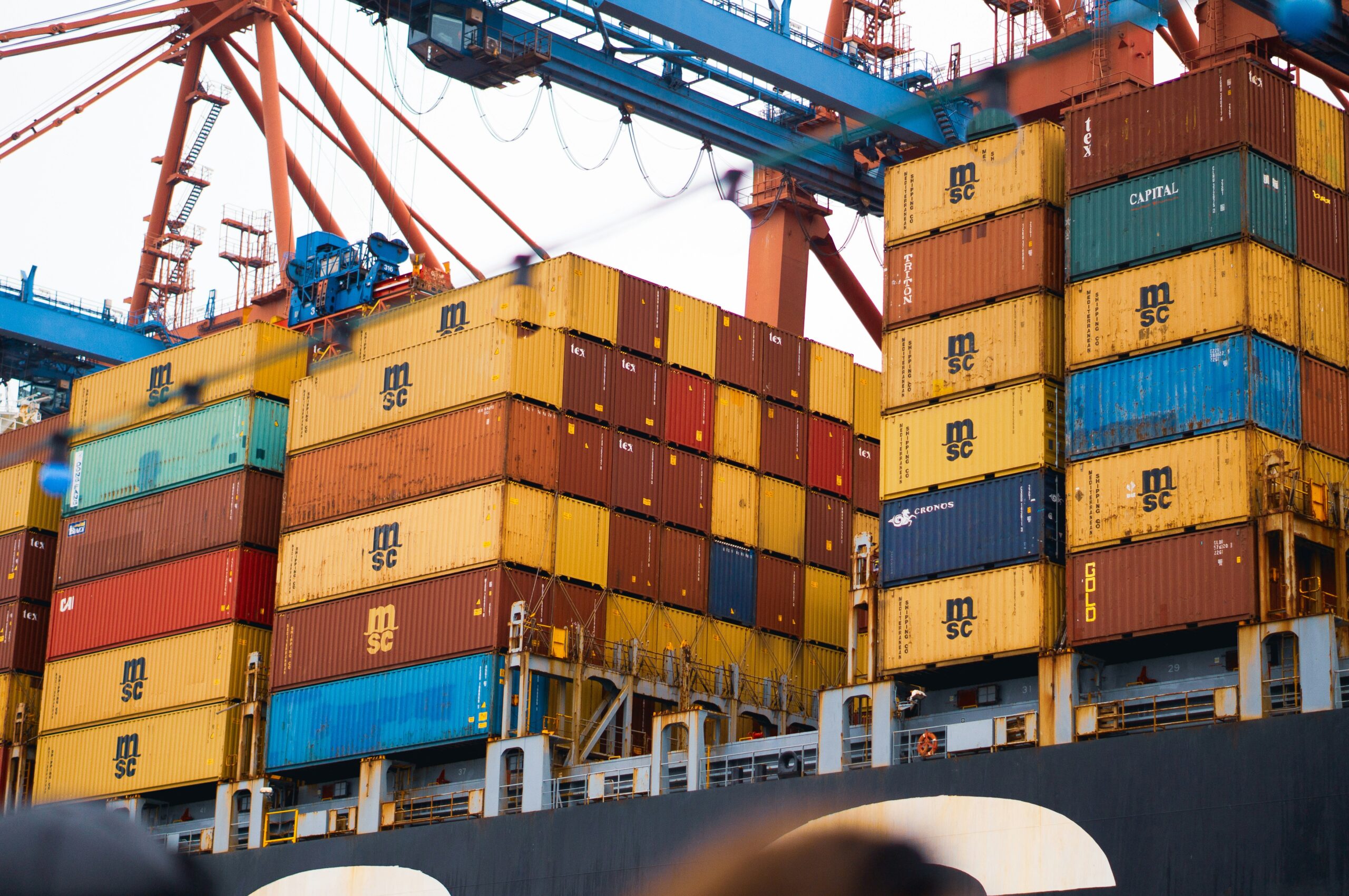The Ministerial Declaration on Trade in Information Technology Products, which was completed in 1996, established the Information Technology Pact (ITA), a multilateral agreement that is implemented by the World Trade Organization (WTO). It was ratified on 1 July 1997 after being signed on December 13th, 1996. Since 1997, the Declaration’s implementation has been under the formal supervision of a WTO Committee. In 2015, the arrangement was broadened.

Purpose
The pact aims to eliminate all taxes and tariffs on products used in information technology by signatories. In a 2017 research published in the World Trade Review, it was determined that the 2015 ITA expansion was the most successful attempt at trade liberalization under the auspices of the WTO since its establishment in 1995. Four things are credited by the report as contributing to the negotiation’s success: a tighter scope without a single endeavor strategy; a negotiating group that includes many but not all WTO members; a concentration on tariffs rather than non-tariff barriers; and avoiding a nationalistic resistance.
Evolution of the agreement
At the Singapore Ministerial Conference in December 1996, 29 delegates signed the Information Technology Agreement (ITA). Since then, the number of participants has increased to 82, accounting for around 97% of global IT product trade. All tariffs on the IT items included in the Agreement will be eliminated, according to the parties. At the Nairobi Ministerial Conference in December 2015, more than 50 nations finalized the Agreement’s expansion, which now includes an additional 201 items with a combined annual value of more than $1.3 trillion. Following the WTO’s formation in 1995, the first and largest tariff liberalization agreement ever negotiated there resulted in the abolition of import tariffs on goods valued at an estimated US$ 1.6 trillion in 2013, nearly three times as much as when it was signed. One of the areas of global trade with the quickest growth has been the IT sector. Approximately 10% of worldwide commerce exports today come from the trade in these goods.
Product coverage
Computers, telecommunications equipment, semiconductors, semiconductor production and testing equipment, software, scientific instruments, as well as the majority of their parts and accessories, are just a few of the high-tech products that are covered by the ITA. Each participant is required by the ITA to erase and bind all customs duties for the products listed in the Agreement at zero. The reduction of tariffs is carried out on a most-favorable nation (MFN) basis because the ITA concessions are listed in the WTO schedules of concessions for the participants. This implies that all nations can profit from the increased trade prospects brought about by the ITA’s tariff removal.
ITA product expansion negotiations
On May 15, 2012, the ITA’s 15th anniversary, it was acknowledged that new categories of IT goods had been created, some of which did not fit under the purview of the ITA at the time. Some WTO members believed that the ITA’s current product coverage should be increased because of recent technology advancements. The informal process to begin negotiations for the ITA’s product coverage expansion was started in June 2012 by 33 WTO members. This procedure resulted in the formation of a technical working group that convened ad hoc in Geneva, outside the official confines of the WTO ITA Committee. The number of WTO countries participating in the ITA product expansion negotiations swiftly rose to 54. On Saturday, July 18, 2015, after 17 rounds of talks, negotiators were close to a deal on a list of goods for an ITA enlargement and a draft declaration outlining the agreement’s implementation. The new agreement covers medical equipment like magnetic resonance imaging devices and ultrasonic scanning apparatus, as well as new-generation semiconductors, semiconductor production equipment, optical lenses, GPS navigation equipment, and lenses.
MFN imposed duties for the goods covered by the ITA enlargement
Certain markets have rather high import taxes on some of the products covered. For instance, in the US, certain telephone handset parts are subject to an applied duty of 8.5 percent, whereas, in China, video cameras are subject to an applied duty of 35 percent, DVD recorders are subject to an applied duty of 14 percent from the EU, and certain magnetic cards are subject to an applied duty of 30 percent from Thailand. Investors and traders would benefit from greatly increased market access, predictability, and certainty in addition to the financial gains for the IT industry that would arise from the removal of import taxes. This is so because many of these goods are either now unbound i.e not subject to a WTO legal maximum limit, or bound at high tariff levels. The ITA product expansion provides the participating members the mandate not to levy import taxes on products that are covered.



